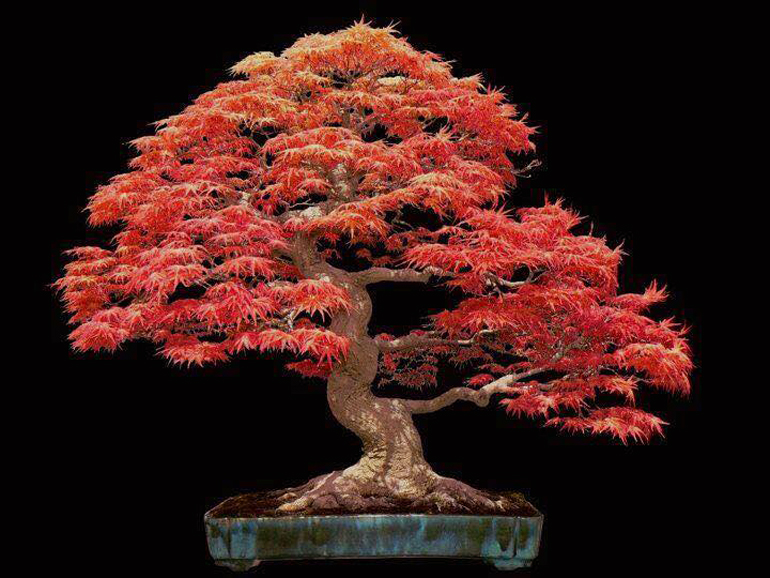
Their white armors are easy to spot when present on the stems and dark bars. They have a white armored crust on top, within which the pests hide for protection. This is one of the most common but hazardous pests for the Japanese maple species. The related fungus also thrives when the leaves of the maple bonsai don’t receive enough air. If you have kept the bonsai in a humid area or under direct sunlight, the chances of powdery mildew grow by ten times. Here, the top surface of the leaves forms a white, powdery layer caused due to mildew fungus. This is one of the most common diseases that most Japanese maple bonsais are affected by. This reduces the canopy volume and minimizes the brilliance of the leaves.

Besides, the infestation usually occurs at a large scale, and multiple leaves are affected simultaneously. They take nutrients from the leaves, causing them to dry and fall off. These insects are relatively small and hard to identify. Aphids- PestĪphids are sucking pests, often found in the leaves of the Japanese maples. Hence, if one leaf of the Japanese Maple is affected, all other parts will suffer from the disease if proper care is not taken. As a result, they can thrive on them before releasing the spores. Even if you prune the affected leaves and stems, the fungus will remain attached to the pruned plant parts. Here, the fungus attacks the leaves and stems, forming spots throughout. Anthracnose- DiseaseĪnthracnose is a fungal disease usually caused due to high humidity during the rainy seasons. If not removed at the initial sighting of the symptom, the maple bonsai won’t last for a long time. Then, it will spread gradually to other healthy leaves on the same branch, affecting the branch itself. The initial symptom is discoloration of leaves and dying. This is one of the most concerning problems with Japanese Maple, where an entire branch can be affected.

Spots develop on the leaves while the veins darken in color to the extent you consider it black. The most common pest that affects the Japanese Maple bonsai is Pseudomonas syringae, which thrives on plants suffering from damage beforehand.

But to do so, you must have a clear idea about these most common pests and diseases that can affect the brilliance of the plant. Since the plant is so delicate, taking proper care is necessary. Like any other bonsai plant, the Japanese Maple is prone to many diseases and damage from pests.


 0 kommentar(er)
0 kommentar(er)
